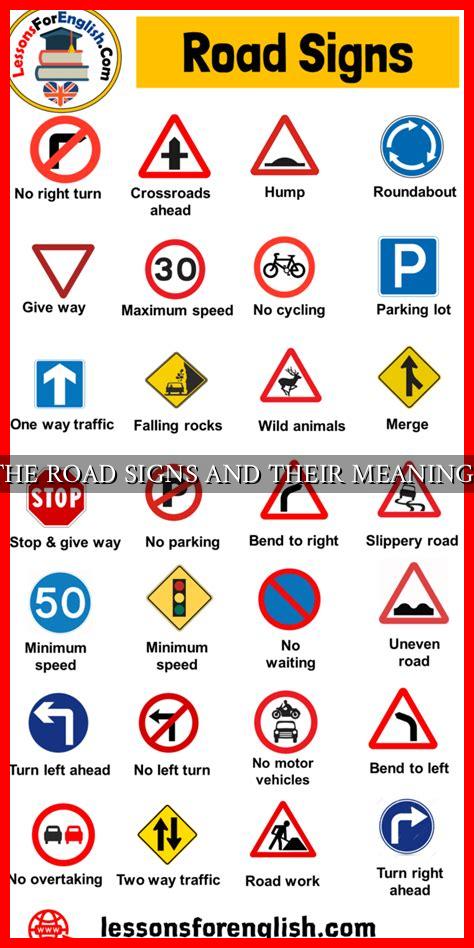-
Table of Contents
The Road Signs and Their Meanings
Driving on the road requires a good understanding of road signs to ensure safety for both drivers and pedestrians. Road signs are essential visual aids that convey important information to drivers about the road conditions, regulations, and potential hazards ahead. In this article, we will explore the different types of road signs and their meanings to help you navigate the roads with confidence.
Types of Road Signs
Road signs are categorized into three main types: regulatory signs, warning signs, and guide signs. Each type serves a specific purpose and provides valuable information to drivers.
Regulatory Signs
Regulatory signs are used to inform drivers of traffic laws and regulations that must be obeyed. These signs are typically red, white, or black in color and include speed limit signs, stop signs, yield signs, and no parking signs.
- Speed Limit Signs: These signs indicate the maximum speed limit allowed on a particular road or highway.
. It is important to adhere to these limits to ensure safety and avoid fines.
- Stop Signs: Stop signs are octagonal in shape and require drivers to come to a complete stop before proceeding. Failing to stop at a stop sign can result in accidents and traffic violations.
- Yield Signs: Yield signs indicate that drivers must yield the right of way to oncoming traffic. It is crucial to follow these signs to prevent collisions at intersections.
Warning Signs
Warning signs are used to alert drivers of potential hazards or changes in road conditions ahead. These signs are typically yellow with black symbols or text and include signs for curves, slippery roads, and pedestrian crossings.
- Curves Ahead: These signs warn drivers of upcoming curves in the road, requiring them to adjust their speed and approach the curve with caution.
- Slippery Road: This sign indicates that the road may be slippery due to rain, snow, or ice. Drivers should reduce their speed and increase following distance to avoid accidents.
- Pedestrian Crossing: Pedestrian crossing signs alert drivers to the presence of pedestrians crossing the road. Drivers must yield to pedestrians at designated crosswalks.
Guide Signs
Guide signs provide drivers with information about destinations, distances, and services along the road. These signs are typically green or blue in color and include signs for exits, rest areas, and tourist attractions.
- Exit Signs: Exit signs indicate upcoming exits on highways and provide information about services available at each exit, such as gas stations, restaurants, and hotels.
- Rest Area Signs: Rest area signs inform drivers of nearby rest areas where they can take a break, use restroom facilities, and stretch their legs during long journeys.
- Tourist Attraction Signs: These signs highlight popular tourist attractions and landmarks along the road, encouraging drivers to visit and explore the area.
Understanding Road Signs
It is essential for drivers to understand the meanings of road signs to make informed decisions while driving. Ignoring or misinterpreting road signs can lead to accidents, traffic violations, and endangerment of lives on the road. By familiarizing yourself with the different types of road signs and their meanings, you can navigate the roads safely and responsibly.
Conclusion
Road signs play a crucial role in ensuring the safety and efficiency of traffic flow on the roads. By understanding the meanings of different types of road signs, drivers can make informed decisions and comply with traffic regulations. Remember to always pay attention to road signs, follow their instructions, and drive responsibly to protect yourself and others on the road.

